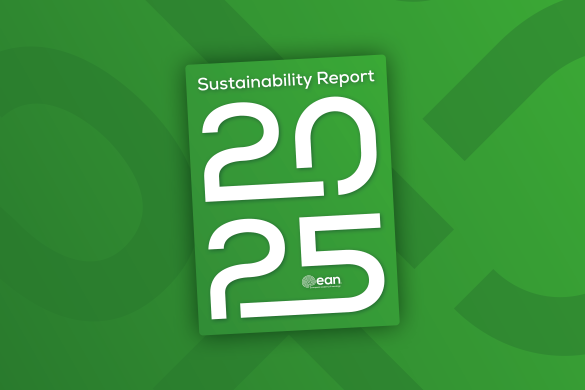by Isabella Colonna
For august we selected Fischer U, Kaesmacher J, Strbian D, Eker O, Cognard C, Plattner PS, Bütikofer L, Mordasini P, Deppeler S, Pereira VM, Albucher JF, Darcourt J, Bourcier R, Benoit G, Papagiannaki C, Ozkul-Wermester O, Sibolt G, Tiainen M, Gory B, Richard S, Liman J, Ernst MS, Boulanger M, Barbier C, Mechtouff L, Zhang L, Marnat G, Sibon I, Nikoubashman O, Reich A, Consoli A, Lapergue B, Ribo M, Tomasello A, Saleme S, Macian F, Moulin S, Pagano P, Saliou G, Carrera E, Janot K, Hernández-Pérez M, Pop R, Schiava LD, Luft AR, Piotin M, Gentric JC, Pikula A, Pfeilschifter W, Arnold M, Siddiqui AH, Froehler MT, Furlan AJ, Chapot R, Wiesmann M, Machi P, Diener HC, Kulcsar Z, Bonati LH, Bassetti CL, Mazighi M, Liebeskind DS, Saver JL, Gralla J; SWIFT DIRECT Collaborators. Thrombectomy alone versus intravenous alteplase plus thrombectomy in patients with stroke: an open-label, blinded-outcome, randomised non-inferiority trial. Lancet. 2022 Jul 9;400(10346):104-115. doi: 10.1016/S0140-6736(22)00537-2. PMID: 35810756.
Our research paper of the month presents the results of the ‘SWIFT direct’ trial, a randomised, open-label, blinded-outcome trial, aiming to investigate whether thrombectomy alone would be non-inferior to thrombectomy plus intravenous alteplase in patients with acute ischaemic stroke due to anterior circulation large vessel occlusion. Because of conflicting results reported in previous studies, it is unclear whether thrombectomy alone can be considered as equally effective and safe as treatment with thrombectomy combined with intravenous alteplase.
This study enrolled patients, from 48 European and Canadian centres, with occlusion of the intracranial internal carotid artery, the first segment of the middle cerebral artery or both, shown by CT or MR angiography. Individuals were considered eligible if they could receive alteplase within 4.5 hours of symptom onset and could undergo thrombectomy within 75 minutes from randomisation. Randomisation was performed using a centralised web server, assigning patients in a 1:1 ratio to receive stent-retriever thrombectomy alone (n=201) or intravenous alteplase plus stent-retriever thrombectomy (n=207).
The primary outcome, consisting of the achievement of a score of two or less on the modified Rankin scale at 90 days, was assessed for non-inferiority with the one-sided lower 95% confidence limit of the Mantel-Haenszel risk difference stratified according to randomisation strata; non-inferiority was considered if it laid above -12%. Primary outcome was reached by 57% of 201 patients who underwent thrombectomy alone and by 65% of the study participants receiving intravenous alteplase plus thrombectomy (adjusted risk difference −7.3%, 95% CI−16.6 to 2.1, lower limit of one-sided 95% CI −15.1%, crossing the predefined non-inferiority margin of −12%).
Moreover, patients treated with thrombectomy alone presented reduced successful reperfusion rates compared with the study participants who received intravenous alteplase in addition to thrombectomy (risk difference −5.1%, 95% CI −10.2 to 0.0%, p=0.047). The two patient groups did not differ for full distribution of modified Rankin scores at 90 days, mortality at 90 days, change in the NIHSS score between admission and 24 hours after randomisation and quality of life as assessed by the EuroQol 5D-3L at 90 days. Furthermore, no significant differences were found in the occurrence of serious adverse events between the two groups.
In conclusion, the results of this trial failed to show non-inferiority of thrombectomy alone in comparison to intravenous alteplase plus thrombectomy in individuals presenting with acute stroke due to large vessel occlusion in the anterior circulation; moreover, the treatment with thrombectomy alone was associated with decreased rates of successful reperfusion. In light of these findings, the omission of intravenous alteplase before thrombectomy cannot be recommended.













